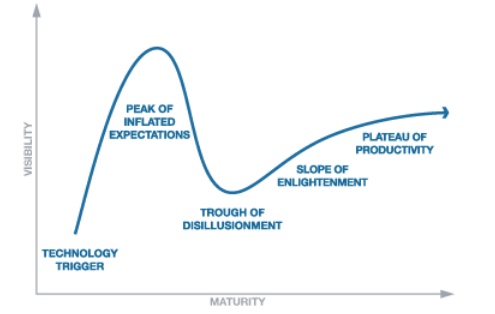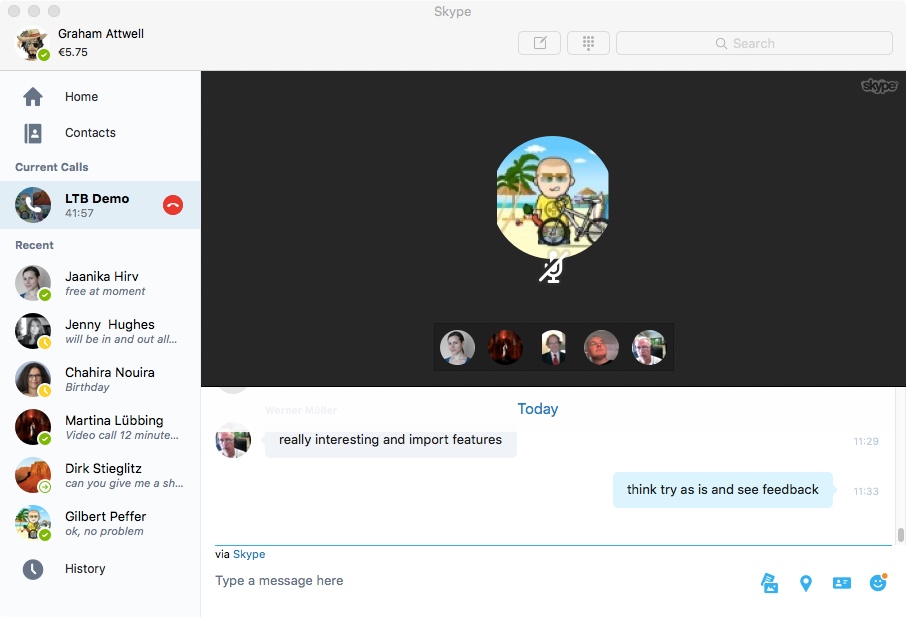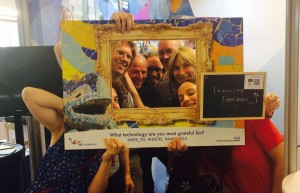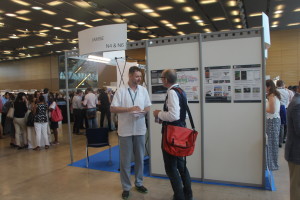Technology is only useful if it involves no extra effort!
 Nancy Dixon has published an interesting review of a study entitled “To Share Or Not To Share: An Exploratory Review Of Knowledge Management Systems And A.Knowledge Sharing in Multinational Corporations” (for full reference see below).
Nancy Dixon has published an interesting review of a study entitled “To Share Or Not To Share: An Exploratory Review Of Knowledge Management Systems And A.Knowledge Sharing in Multinational Corporations” (for full reference see below).
The authors define knowledge sharing as “the movement of knowledge between different individuals, departments, divisions, units or branches in Multinational Corprorations through Knowledge Management Systems (KMSs)” and study was based on semi-structured interviews with 42 participants across 32 organizations in 12 countries.
Nancy Dixon says one of the main findings of the study was that the acceptance of technology for knowledge sharing is directly related to how employees view the usefulness of the technology in supporting their job performance, without extra effort. Interviewees said they are more likely to use their KMS if it is similar to the tools they already use at home, e.g. Facebook, Twitter, YouTube, Wikipedia.
Part of the work we have been doing in the EU Learning Layers project has been developing and evaluating tools for informal learning in Small and Medium Enterprises. Our findings are similar in that tools should take no extra effort. One reason may simply be speed up and pressure in the work process, particularly in the National Health Service in the UK. Another may be lack of familiarity and confidence in the use of technology based tools, especially tools for collaboration. Although most jobs today require some form of collaboration, much of that still happens through face to face contact or by email. The move to collaborative tools for knowledge sharing is non trivial.
The findings of the study and of our own work pose particular problems for research, design and development. I remain wedded to the idea that co-design processes are critical to design and develop tools to support informal learning and knowledge sharing in teh workplace. Yet at the same time, iterative design processes will be problematic if employees are unwilling or unable to rethink work processes.
Another finding from the Knowledge Management study was that interviewees said they are more likely to use their Knowledge Management System if it is similar to the tools they already use at home, e.g. Facebook, Twitter, YouTube, Wikipedia. While people may have said this I think it requires a little interpretation. Instead of similar, I suspect that people are referring to ease of use and to design motifs. Of course software changes. The interface to Slack is very different to that of collaborative software platforms that came before. And Facebook has undergone numerous redesigns. But one of the big problems for relatively modestly funded research and development projects in learning and in knowledge management is that we tend not to worry too much about interface design. That is always something that can be done later. But users do worry about the interlace and about appearance and ease of use.
I increasingly suspect the acceptance, adoption and use of new (innovative) tools for learning and knowledge management rest with processes of digital transformation in organisations. Only when the tools themselves are linked to changing practices (individual and collective) will their be substantial uptake.
Abdelrahman, M., Papamichail, K. N., & Wood-Harper, T. (2016). To Share Or Not To Share: An Exploratory Review Of Knowledge Management Systems And Knowledge Sharing in Multinational Corporations. In: UK Academy for information systems (UKAIS) 21st Annual Conference – 2016, 11-13 April 2016, Oxford

 Has Learning Analytics dropped of the peak of inflated expectations in Gartner’s hype cycle? According to Educause ‘Understanding the power of data’ is still there as a major trend in higher education and Ed Tech reports a
Has Learning Analytics dropped of the peak of inflated expectations in Gartner’s hype cycle? According to Educause ‘Understanding the power of data’ is still there as a major trend in higher education and Ed Tech reports a 
 new topical policy-relevant research conducted recently using data from the annual survey which began in 2009 with around 100,000 individuals from 40,000 households.
new topical policy-relevant research conducted recently using data from the annual survey which began in 2009 with around 100,000 individuals from 40,000 households. Interest in Vocational Education and Training (VET) seems to go in cycles. Its always around but some times it is much more to the forefront than others as a debate over policy and practice. Given the pervasively high levels of youth unemployment, at least in south Europe, and the growing fears over future jobs, it is perhaps not surprising that the debate around VET is once more in the ascendancy. And the debates over how VET is structured, the relation of VET to higher education, the development of new curricula, the uses of technology for learning, the fostering of informal learning, relations between companies and VET schools, the provision of high quality careers counselling and guidance, training the trainers – I could go on – are always welcome.
Interest in Vocational Education and Training (VET) seems to go in cycles. Its always around but some times it is much more to the forefront than others as a debate over policy and practice. Given the pervasively high levels of youth unemployment, at least in south Europe, and the growing fears over future jobs, it is perhaps not surprising that the debate around VET is once more in the ascendancy. And the debates over how VET is structured, the relation of VET to higher education, the development of new curricula, the uses of technology for learning, the fostering of informal learning, relations between companies and VET schools, the provision of high quality careers counselling and guidance, training the trainers – I could go on – are always welcome. According to the
According to the 




